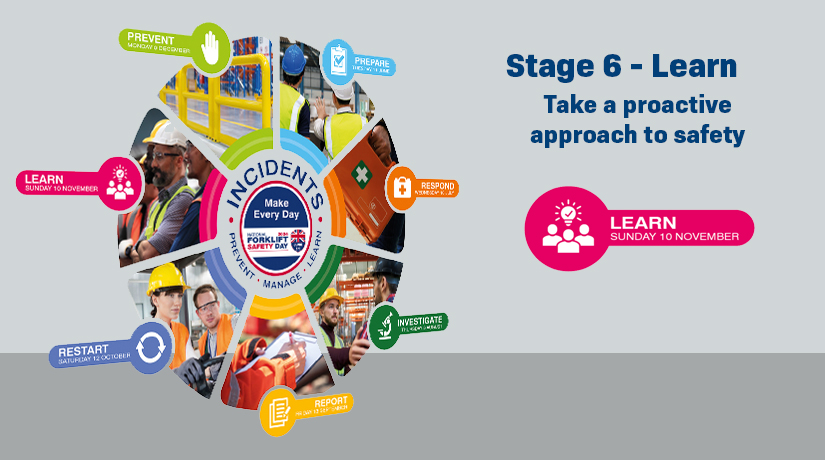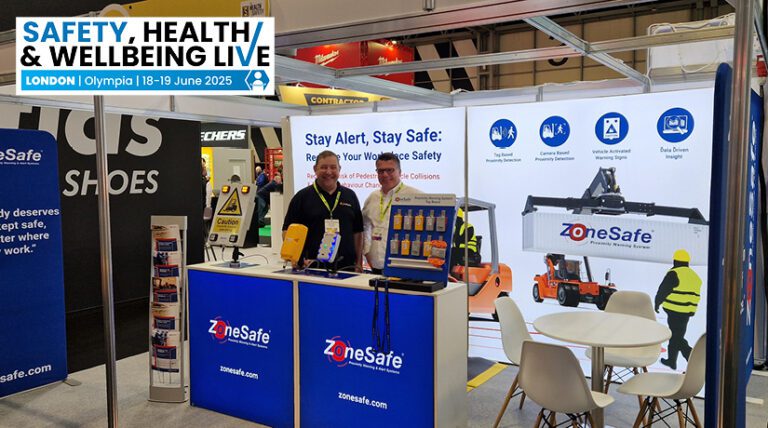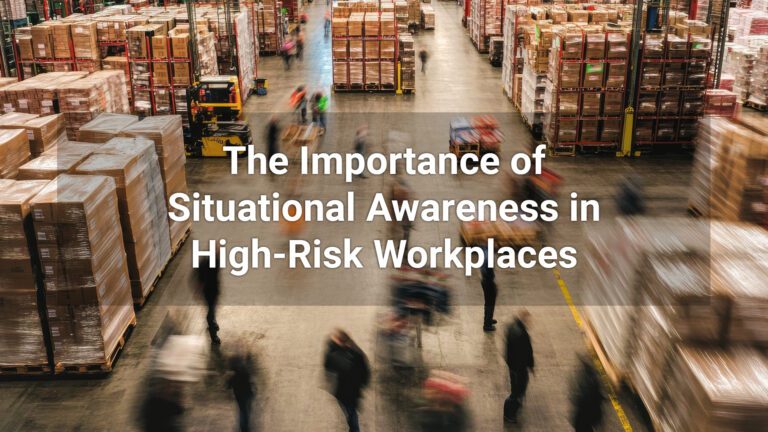Learn
Forklifts are an essential piece of equipment, but sadly, accidents are all too common, with HSE statistics revealing that around 25% of all workplace transport accidents involve a forklift truck. Learning from mistakes should be key to any preventative workplace safety strategy.
When an accident happens, it’s important to learn from it and use the learning to improve safety and reduce the chance of future incidents. Real experience provides detailed insight into how and why an accident occurred. Analysing the elements that contributed to an accident makes it possible to understand what went wrong, identify operational areas that require improvement, and put measures in place to ensure similar events do not occur again.
Common factors that contribute to material handling equipment accidents include:
Malfunctioning equipment
It’s essential that all manual handling equipment is maintained to a high operational standard. Even a seemingly minor fault can contribute to a serious accident.
- Establish a routine maintenance schedule for all equipment to ensure it is functioning correctly
- Conduct regular inspections to identify issues before they lead to failure
- Develop an equipment maintenance schedule
Inadequate training
Post-incident investigations often reveal a lack of adequate training as the root cause. Training is a mandatory requirement, and only people fully trained in vehicle operation should be permitted to operate a forklift.
- Provide training programmes that include regular refresher and updates.
Ineffective segregation
The HSE recommends total segregation of people and vehicles where possible. Every year, severe and even fatal accidents occur in UK workplaces as a result of pedestrian/vehicle collisions, and often, these terrible accidents could have been avoided had sufficient segregation been in place.
- Use clear signage
- Install physical barriers where possible
- Carry out regular reviews and adjustments
- Implement design features such as speed-limiting
- Apply ZoneSafe – creating segregation where it is otherwise difficult to achieve and protecting workers – case studies
Poor warehouse configuration
Warehouses can often be busy, cramped and dark, with poor separation and multiple obstacles. Accidents can be avoided by thinking about the configuration and layout of the site and enhancing visibility and movement.
- Use a warehouse management system
- Install additional lighting
Learning from mistakes: Enhance safety through effective manager and supervisor training
A key message from this year’s campaign highlights the need for manager and supervisor training. The campaign points out that vehicle operators are often held accountable for accidents. Still, it’s also important to note that many accidents happen due to ‘poor or non-existent supervision’. Managers and supervisors are under pressure to meet productivity targets. However, they must never lose sight of their crucial role in overseeing a safe working environment and ensuring safety protocols are always followed.
Learn
Once an accident has happened and an investigation has taken place, it is time to learn from the event. This is not about apportioning blame but about improving safety and ensuring similar events do not occur again.
The investigation should highlight immediate and underlying concerns and possible root causes. These should then be addressed during the follow-up action plan. The investigation results provide a valuable tool in future accident mitigation, allowing employers to take focused, corrective action.
Key areas to highlight are:
- Emergency Preparedness – How did the employees act and perform at the time of the accident?
- Equipment and machinery – Is the material handling equipment suitable for the work? Check that Preventative Maintenance & Thorough Examination (TE) frequencies are correct for the work application (PUWER & LOLER).
- Training – Any lapses in training must be addressed. Appropriately qualified trainers should train operators and have refresher training scheduled. All employees should have a level of safety training appropriate to their role.
Learn with ZoneSafe
Accidents take place in UK workplaces every day, often with devastating results. On investigation, many of these accidents are often avoidable, so every incident must be used for learning.
ZoneSafe addresses the key concern of separation between pedestrians and vehicles by alerting drivers and people to the presence of risk before an accident takes place. The system prevents accidents from happening and records detailed data whilst in use, providing analysis of the workplace and operational challenges. This insight ensures that a thorough investigation can take place following an incident, and data from everyday activities can be used to learn about safety risks within the workplace.
Contact ZoneSafe to discuss your forklift safety concerns – https://zonesafe.com/contact-us/
Further reading – https://nationalforkliftsafetyday.co.uk/




